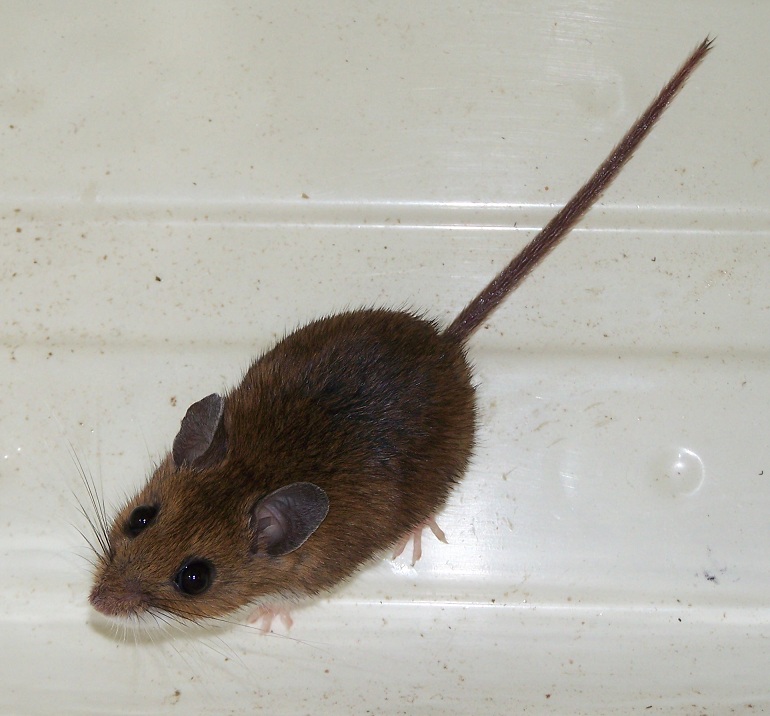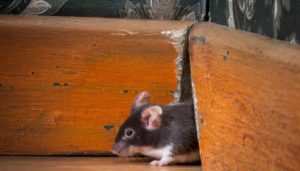

Deer mice are appealing, alert creatures with large eyes and ears. Because many genetic variants in deer mice occur at loci homologous with those in the laboratory house mouse and rat, they are useful in parallel studies with more conventional laboratory species. The existence of numerous deer mouse races and more than 50 closely related Peromyscus species, all in North America, also make the deer mouse a favorite subject for fine scale systematics studies in this country. Because deer mice are native, laboratory observations can be extrapolated to natural populations for ecological investigations. A representative study is that of Schauber and others (1997 ), in which effects of insecticide ingestion were assayed in deer mice.

For example, deer mice can be utilized to monitor environmental pollution using exposed wild animals compared with laboratory-bred controls ( Kucera 1988 ). Many of the advantages stem from the fact that this native species can be used as a laboratory standard for contrasting wild counterparts. The deer mouse has distinct advantages for certain kinds of studies. The function of the PGSC is to provide the scientific community with genetically defined animals and to improve the deer mouse as a model for biological research. At the time of this writing, approximately 3000 animals are maintained. The PGSC, formally initiated in 1985, is supported in part by the National Science Foundation as a biological resource. Over the next 3 decades, more than 30 distinct “wild-type” and mutant genetic stocks were acquired, forming the nucleus of the Peromyscus Genetic Stock Center (PGSC 1 ). In 1962, the deer mouse colony at the University of South Carolina was established.

It was also during this time that many of the distinctive coat color mutants were originally isolated ( Rasmussen 1968 ). Several existing lines of deer mice trace to this Michigan colony.

Dice and his proteges at the University of Michigan. A particularly noteworthy large colony was maintained from about 1925 until 1975 by Lee R. For the next half-century, a handful of investigators continued to collect and establish breeding stocks of these animals, which were used primarily to study genetic structure of small mammal populations. Owls, snakes, foxes, weasels, and other small carnivores find these rodents a staple food source, and thus they play an important role in natural ecosystems ( King 1968 Kirkland and Layne 1989 ).ĭeer mice were first bred in captivity about 1916 by Francis Sumner at the Scripps Institution at La Jolla, California ( Sumner 1917 ). They subsist on seeds supplemented with occasional crickets or other insects. In nature, deer mice nest in logs and stumps or in shallow burrows beneath rocks and clumps of vegetation. More than 60 formally described subspecies of deer mice occupy a wide variety of forest, prairie, and desert habitats from sea level to elevations of 14,000 ft or more. Deer mice are absent only in the southeasternmost states, where they are replaced by related species. They range from Alaska to central Mexico, from Newfoundland to Virginia, and from Atlantic to Pacific oceans ( Hall 1981 ). Wild deer mice are among the most abundant small mammals in North America. Laboratory-bred wild-type deer mouse ( Peromyscus maniculatus ) of the bairdii Washtenaw (BW) stock.


 0 kommentar(er)
0 kommentar(er)
